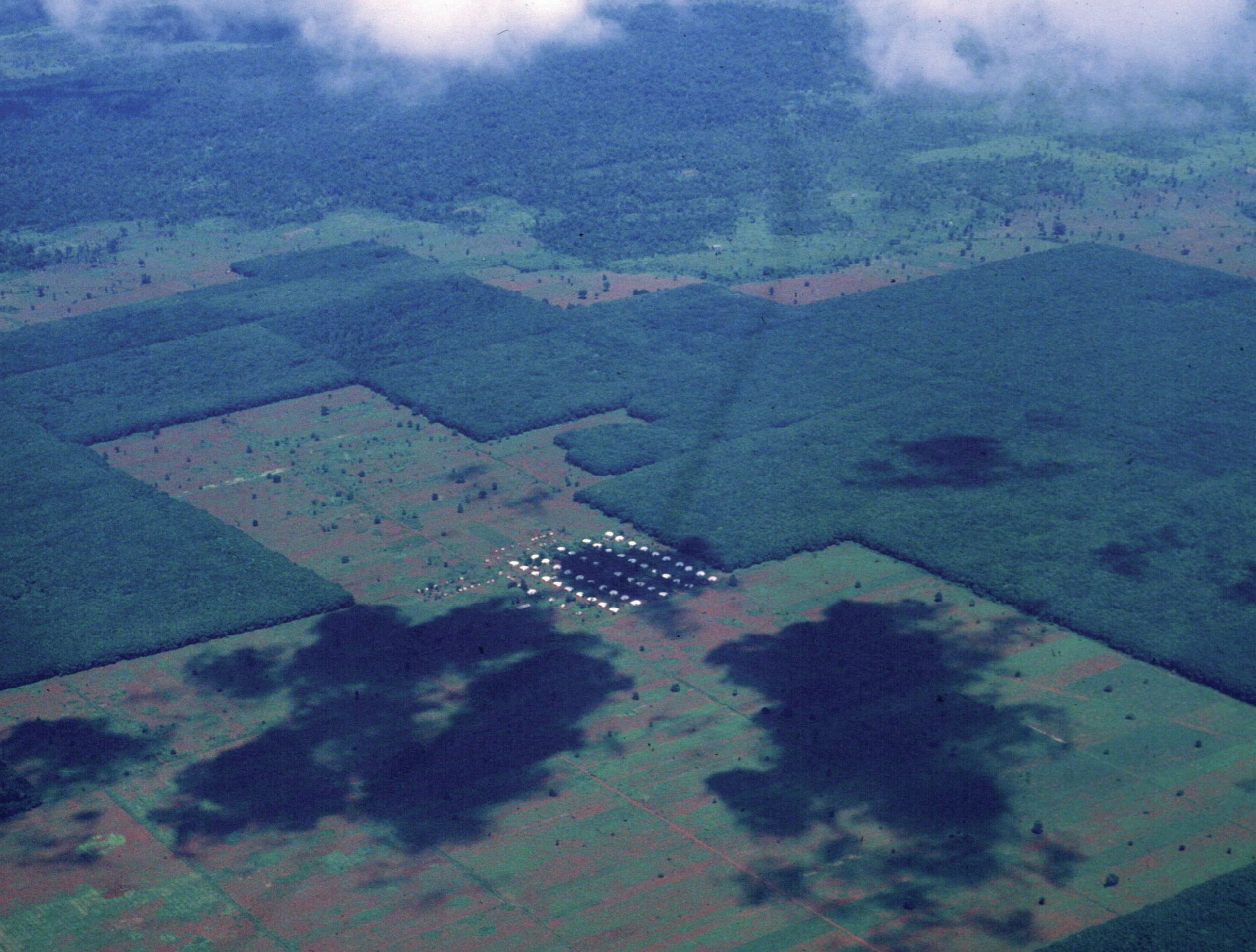
In recent years there has been growing concern about the social and environmental impacts of what is called global land grabbing or the global land rush. What this means is richer countries buying up large areas of land in poorer countries, usually for growing food crops. It has been occurring in poorer nations in southeast Asia, South America, and especially Africa and has displaced local people and caused environmental damage.
Large numbers of small-scale farmers and poor rural people, including indigenous peoples, have lost access to agricultural and forest lands which were their source of food. Instead this land is cultivated by outsiders who usually plant boom crops such as rubber trees, oil palms, cassava, sugar cane, soy beans, bananas and corn. As well as the impact on local people, deforestation and biodiversity loss have dramatically increased in many places as a result of the land clearing necessary to plant these crops. People’s fundamental human rights have frequently been violated because of these agricultural investments. The problem is occurring in a number of less industrialised countries, but this article focuses on Cambodia and Laos in southeast Asia (Figure 1).
Your organisation does not have access to this article.
Sign up today to give your students the edge they need to achieve their best grades with subject expertise
Subscribe




